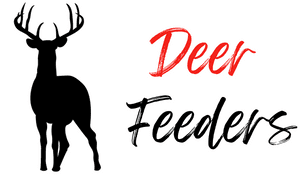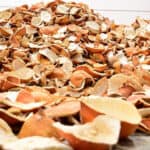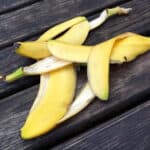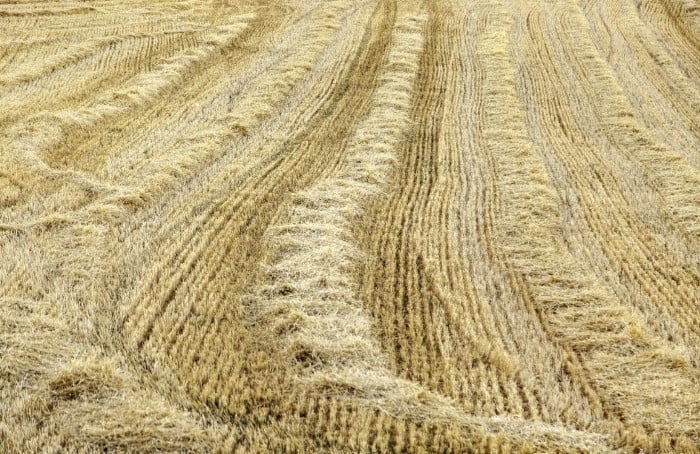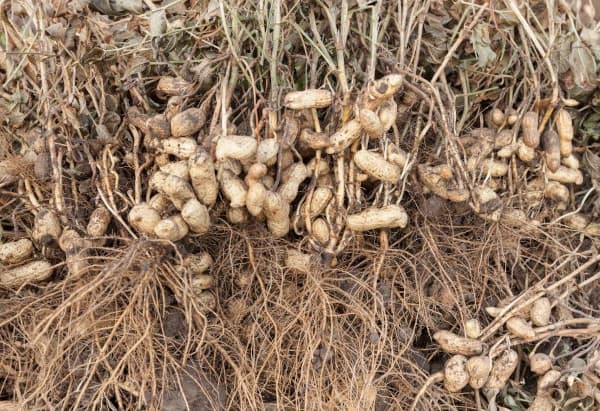Trying to choose the ideal or best crop for a deer food plot is always challenging because there are so many good food plot options available today. In addition, some food plot crops are better suited for specific growing conditions compared to others. For example, areas with a cold winter with moderate to heavy snowfall will require a cold-tolerant food plot seed. Therefore, one of the more common questions I see being asked about food plots involves the comparison of winter wheat or rye for deer food plots. I see the questions posed or asked in several different ways, including:
- Winter wheat vs rye for deer?
- Will deer eat winter rye?
- Should I plant winter rye or winter wheat in my food plot?
In this post, I’m going to attempt to address those questions, along with my personal preference in the winter rye vs. wheat debate.
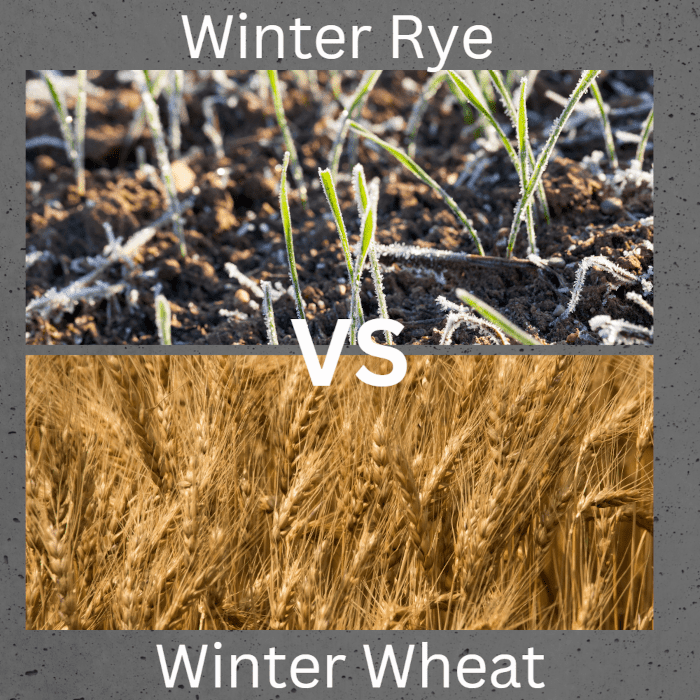
Overview of Winter Wheat (Triticum Aestivum)
Winter wheat is a strain commonly planted in the late summer to early fall (depending on geography), so it lives through the winter months, then germinates in early spring. When this strain of wheat is planted in the spring and harvested in the fall, it’s commonly called Spring wheat.
From a food plot perspective, winter wheat is a hearty plant that withstands cold temperatures and winter weather exceptionally well. In addition, winter wheat can grow under almost any circumstances, including low Ph soil, sandy soil, and low water soil.
Awned Wheat versus Awnless Wheat
Most all varieties of winter wheat produce a seedhead at the top of the plant when the plant matures. However, the seedheads themselves vary in structure between an awned version and an awnless version. The seedhead awn is the stiff, long hair-like structures that protrude from the seed head.
Winter wheat seedheads with the awn are called awned winter wheat, while winter wheat seedheads without the awn are called awnless winter wheat.
 |  |
Awnless Wheat | Awned Wheat |
I bring this up because studies have proven that deer prefer the awnless variant of winter wheat over the awned version. Here’s a link to the2021 study I’m referencing: https://extension.tennessee.edu/publications/Documents/PB1897.pdf
If you want a high-level overview of the experiment: researchers from the University of Tennessee planted strips of winter wheat that were awned and awnless variants. At the end of the research, the awned winter wheat yielded 55 bushels per acre, while the awnless wheat only yielded 11 bushels per acre. The significant difference in the yield rate was tied to whitetail deer grazing heavily on the awnless varieties, which led to lower grain production. The deer basically ignored the awned wheat.
Forage Yield
Winter wheat produces an average of 4000 to 6000 pounds per acre, depending on the specific variety. As previously noted, the awnless variants tend to have a lower yield compared to the awned versions.
Winter Wheat Nutritional Value
For whitetail deer, winter wheat is an excellent cold and cool weather food source that averages between 15 and 25 percent crude protein. It’s also highly digestible since it has fiber in the 20 to 23 percent range.
For comparison purposes, deer corn contains less than ten percent crude protein, is extremely high in starches, and can be challenging for deer to digest in large amounts.
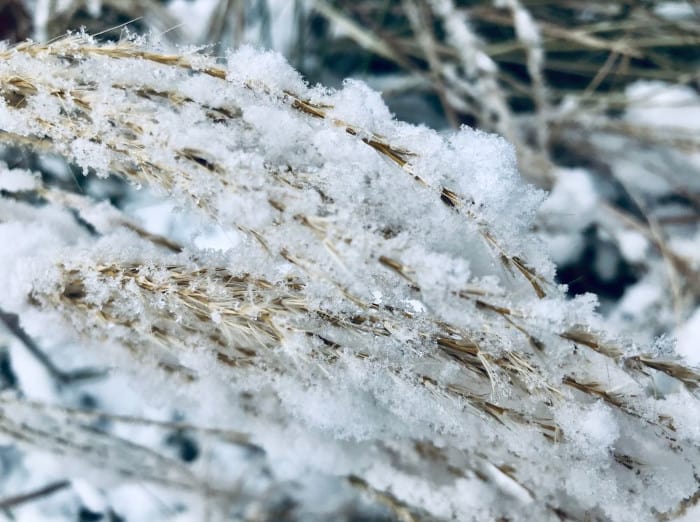
Pros of Winter Wheat for Deer
Wheat has several features that make it a favorite for deer plots. Some of those features include:
- This species of wheat is very cold tolerant, so it’s an ideal fall and late-season food crop.
- Wheat can be successfully grown almost anywhere in the U.S., where whitetail is a native species.
- Almost all of the plant can be eaten by deer, although, as previously noted, they shy away from the awned seed heads.
- It’s a great companion seed that can grow in conjunction with nearly any other common food plot seed.
- The seed and plants are shade tolerant, so they work well in shady areas and do not require as much direct sunlight as some other popular plot crops.
- Wheat germinates and grows quickly, making it ideal for early-season hunting.
- Because wheat grows faster than many other species, it can serve as a protective cover plant for slower-growing crops like brassica and clover.
Cons of Wheat in a Food Plot
Although wheat has quite a bit going for it as a winning food plot, it’s not perfect and has some potential things to be aware of:
- Although wheat is a cold-tolerant seed, there are other seeds that are even more cold-tolerant. For example, winter rye performs much better in cold weather and snow.
- While whitetails will eat wheat (especially awnless wheat), some other cold-weather food plot crops on the market are considered to be more palatable for deer than wheat. For example, brassicas (at the right temperature) and winter oats are believed to be preferred by deer over wheat.
- Wheat can have a short-lived production period when planted as a standalone crop (as in not part of a seed mix with other species). However, if the deer hit the wheat hard early in the season, it may not be around as a winter food option.
- Most wheat seed is seeded using a broadcaster. When seeded, uncovered wheat seed is a favorite snack for birds and especially turkey. I learned this the hard way, so consider covering the seed with soil using a drag or other method. Otherwise, your hard work may go to waste.
- From a seed perspective, wheat seeds are divided into two general types: food- and forage-based. For food plots, make sure you use a forage-based version of seed. The food-based seeds cost more and are not as hearty as the forage species.
- While wheat is a hearty seed that does well under most conditions, it does not seem to grow well in acidic soil. Therefore, I suggest checking the Ph before planting to ensure a successful plot. Not checking the Ph is another mistake I made when planting my own food plots.
When to Plant Winter Wheat for Deer
Deciding when to plant your winter wheat crop will somewhat depend on your goals and region of the U.S. For example, I’m located in North Carolina, and if I want the wheat as a food crop for early season bowhunting (in September timeframe), I need to have the wheat planted by early to mid-August.
Planting Wheat in the Southern States
For deer hunters in the South, depending on one’s specific food crop needs, the optimal time to get winter wheat in the ground is anytime from mid to late August up to mid to late October. That being said, I’ve had a situation when I planted wheat as late as mid-November, and deer were feeding on it in January.
Planting Wheat in the Northern States
For deer hunters based in the Northern states, there’s a shorter planting window compared to the southern states. In northern states, wheat performs best when planted from late August to mid to late September. If you don’t get the seeds planted in the northern states before the end of September, you may not see any germination until spring.
The one thing I will suggest with planting wheat is to try to plant or seed it just before a rain. A good rain shower helps push the seeds deeper into the soil and helps jump-start the growing process.

Overview of Winter Rye (Secale Cereale)
Winter rye is species of cereal grain that grows as a grass. It has several uses, including: as a grain source, as a cover crop, and as a forage crop. Winter rye goes by several names, including:
- Rye
- Cereal rye
- Fall rye
These names all refer to cereal rye or winter rye.
I don’t think I’ve ever seen a food plot crop that is as easy to plant and grow as rye. While it isn’t a failproof crop, it’s about as close to that as I’ve seen. Rye is also sometimes called the “poor man’s food plot” due to the ease of planting, lower cost of seed, and no-hassle soil preparation.
It’s important to clarify that although winter rye is a grass, it’s not the same as ryegrass. Ryegrass is a tufted grass that is part of the Lolium genus and significantly different than winter rye.
From an appearance standpoint, rye looks very similar to wheat and oats. This similar appearance is especially true when it first germinates.
As far as cold-tolerant food plot crops are concerned, rye is the most cold-tolerant of any other seed and is one of the few crops that can be grown almost anywhere in the U.S. except for the desert climate in the southwestern states. In addition to being extremely cold-tolerant, rye is also drought-resistant as it requires little water to grow and is one of the few crops that consistently grows well in sandy soil.
Forage Yield
Winter rye has an average forage yield of 7000 to 8000 pounds per acre, which is higher than a typical wheat or oats yield per acre. It’s also higher than nearly any other common food crop.
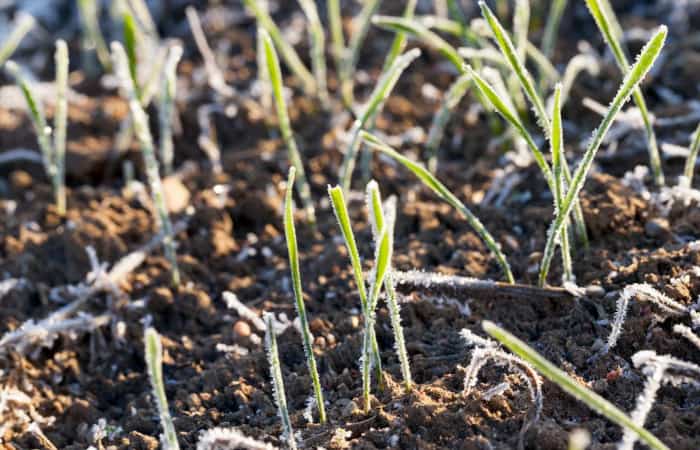
Winter Rye Nutritional Value
Winter Rye is an outstanding cold-weather food source that averages around 15 to 20 percent crude protein. It’s also high in carbohydrates, which are helpful to deer in cold weather.
For comparison purposes, most clover contains anywhere from 15 to 20 percent crude protein with a total digestible nutrient content range of 60%.
Pros of Winter Rye for Deer
Winter rye is quite popular for food plots and for several good reasons. Here are a few positive aspects of winter rye:
- Rye can grow up to five feet tall, so it can also serve as a bedding location in addition to a food source.
- It’s an extremely fast-growing seed, even faster growing than winter wheat.
- Rye is the more cold-tolerant of any cereal grain and is ideal for use in colder areas.
- After the plant matures, rye leaves quite a bit of plant debris on the soil surface. If you plan on doing a summer no-till planting, then this debris helps increase the organic material in the soil. However, the debris material may be problematic if you’re not planning on doing a no-till plot.
- Rye is also drought-tolerant and performs well even in the lowest-quality soil.
Cons of Winter Rye in a Food Plot
While winter rye is an excellent option for most food plots, it has some potential flaws, including the following:
- Winter rye doesn’t always play well with certain other seeds when mixed due to its rapid germination rate and maturity height. These two factors can cause rye to choke out other seeds in a plot. Therefore, in my experience, rye is best planted as a standalone crop.
- Rye leaves a significant amount of plant debris on top of the soil after it matures. This can be seen as a pro or con, depending on the future plan for a specific plot. For example, if you plan on planting a summer crop over the winter rye crop, you’ll likely have to do something with the debris.
- Rye produces a seed head like wheat, but whitetails don’t like the rye seed head. Because of this, rye doesn’t produce forage as long as crops like wheat or oats.
When to Plant Winter Rye for Deer
Because rye is such a rapidly growing crop, it requires some forward planning to ensure the yield is viable for deer during the desired time frame. Between the potential issue of planting too early or too late, planting too early is the more significant concern. If you sow seeds too early, you risk the rye germinating before the season starts. In addition, since whitetails don’t like to eat the seed head of rye (unlike awnless wheat), rye has a shorter crop lifespan as a food source.
Planting Rye in the Southern States
In the southern states, the optimal time to get rye planted is September to October. However, if you want it as a food source exclusively during bow season, consider planting it in mid-august.
Planting Rye in the Northern States
In the northern states, the optimum time period to plant rye is late August to early September. This planting schedule will also make the rye a viable plot crop for most bow seasons.
If you miss the ideal planting schedule for the north and get rye in the ground after September, it will usually still germinate but won’t be available for most northern bow hunting seasons.
Much like my suggestion for wheat, I would also recommend planting rye just before a good rain, as the moisture helps jump-start the growing process.
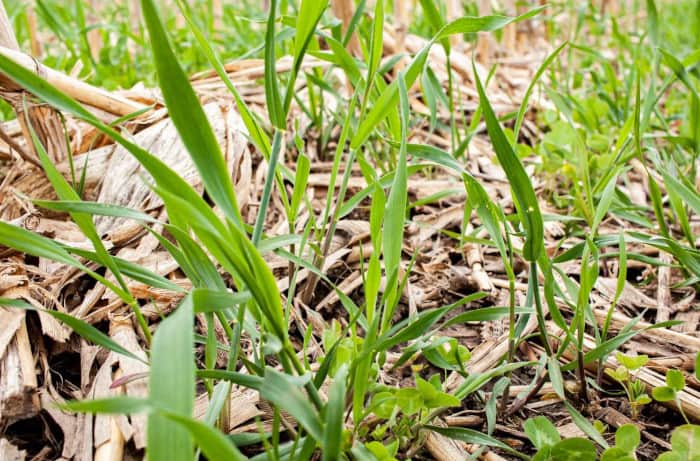
Winter Wheat vs Winter Rye for Deer
So, which is the better option for a food plot: winter rye or winter wheat? Honestly, I don’t think there’s a universally clear answer, as both crops have situations where they shine and situations where they are not ideal.
In situations where it’s possible, I like to plant both in separate plots because that approach offers the best of both worlds.
However, if you were restricted to only having food plot space and had to choose between winter wheat or winter rye, I’d suggest the following:
If you’re in a region with frigid fall and winter temperatures or an area with heavy winter snow and cold tolerance is your main concern, then I’d suggest going with winter rye as it’s the more cold-tolerant option.
If you wanted to plant a mixed seed or combination seed plot and wanted to include one of these two crops, I’d lean towards wheat as it grows better with other crops compared to rye.
If your primary concern was choosing a crop that will last the longest and provide a food source for the longest period, my suggestion would be to plant wheat. I say that because wheat matures slower than rye, and once it matures, the awnless seed heads offer a secondary source of deer food.
If you encounter a situation where you’re behind in your planting and need the crop that will germinate the fastest, then I’d definitely plant rye because it will grow much faster than wheat.
If you are interested in the easiest crop to plant with the least amount of soil preparation, then rye will be your best bet. It requires the least amount of soil prep and is the easier of the two to grow.
If one of your goals is to add as much organic material to your food plot, I would plant rye as it leaves for more topsoil debris than wheat.
FAQS
Here are some commonly asked questions that are associated with winter wheat versus winter rye:
Is winter wheat available in a no-till format?
While there are a few seed brands that offer a no-till version of winter wheat, I typically recommend against no-till wheat planting, except under specific conditions. I say this because a no-till situation where the soil isn’t adequately prepared typically results in the wheat seeds not being placed deep enough to survive a hard winter.
The most successful no-till wheat seedings I’ve completed were done in situations where there was a significant amount of surface debris or organic matter (after weed treatments) from a prior planting that allowed the seeds to go deep enough to guarantee a high germination rate.
The generally accepted seeding depth for wheat seeds is 1 to 1 ½ inches. However, I definitely wouldn’t plant wheat deeper than 2 inches, or it may not grow properly.
Can you plant wheat and rye together in the same food plot?
You can plant wheat and rye in the same plot, but you may encounter some issues where the rye grows faster than the wheat, and the competition for light, moisture, and nutrients may cause the wheat not to germinate properly.
If you do decide to go down this path, I’d suggest increasing the distances between the seeds to give both seed species room to grow.
Do deer like winter rye?
Deer seem to love most all cereal grains, and rye is no exception. Whitetail deer will typically start feeding on winter rye as soon as the shoots emerge from the ground and will continue until the plant matures with a seed head. However, whitetails do not like the seed heads of rye and will avoid eating that portion of the plant.
How well does no-till winter rye grow?
Several popular seed manufacturers offer a no-till version of winter rye, and it grows very well without having to prep the soil with tilling. However, it’s best to kill any existing vegetation in the plot with glyphosate a few weeks before planting for optimal growth. Otherwise, weeds may choke the germinating rye plants out. If you decide to use a no-till approach, I would also suggest you run over the soil with a drag or rake to put a dirt cover on the seeds. If the seeds are left exposed, they become a favorite food source for birds.
